Basil has to be hands down my favorite Italian herb, and we always plant it in pots or in our veggie garden each spring so I can enjoy fresh basil to use in my kitchen right through to the first hard frost. We returned home in Umbria last Tuesday, and after being away for a few months, the basil in our pots had grown like crazy. I definitely had to do something with it as it had started bolting and I couldn’t just cut it down and discard it.
When I have a surplus of basil, making pesto has to be one of the first things I want to make. Unfortunately, basil pesto quickly turns brown after it is exposed to air, so must be used promptly.
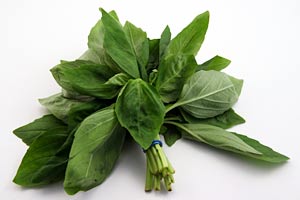
I did an internet search to see if there was some way to keep my basil pesto the bright green color it is when you first make it, and first of all adding lemon juice to the pesto popped up.
I have done this, and although it helps, the pesto still turns brown. I then came across an article on Fine Cooking.com that suggests blanching the basil leaves in boiling water for a few seconds, and then immediately drop the blanched leaves into an ice water bath.
Though skeptical, I decided to give it a try with some basil. Once the cooking process had been stopped and my basil had cooled, I squeezed it dry and went on to prepare my pesto.
I did add a little lemon juice which I like to add in my pesto anyway as I find it brightens the flavor just a bit. The pesto had no change in flavor, and we enjoyed a delicious pasta dish with my newly made pesto for dinner. I stored the leftover pesto in a bowl in my refrigerator covered just with plastic wrap and I was shocked to see that it was still bright green three days later. The color had darkened slightly, but after a quick stir, it was as green as it was when I first made it. The blanching process also softens the leaves, which makes the pesto emulsify much easier creating a creamier sauce.
Since my first experiment with blanching the basil went so well, I had my husband trim all of our basil on Saturday afternoon and made a bunch of pesto for the freezer. As well as tossing the pesto with hot cooked pasta, it is delicious served on top of vegetable soups or meaty stews, or mixed with roasted veggies throughout the winter months.
To make a great pesto you need just a few, right quality ingredients. Of course, freshly picked basil leaves are of top importance, but then I add garlic, lightly toasted pine nuts, salt, pepper, a squeeze of lemon juice, and flavorful extra virgin olive oil. The oil is as essential as the basil in my mind, and we are lucky to have our own olive oil harvested from trees on our property.
Traditionally, grated Parmesan cheese is added to the pesto, but I prefer the sharper flavor Pecorino Romano cheese. If you do plan on freezing your pesto though, skip the addition of the cheese until after you thaw out the pesto. I do not use the traditional motor and pestle either as I prefer the ease of a blender. I find that a blender works better to create a creamy sauce than a food processor does, but either will work just fine.
To freeze the pesto, use either airtight canning jars or even an ice cube tray. Once the pesto cubes are frozen, store them in a sealed bag to use throughout the winter.
Note: To toast the pine nuts, spread out on a baking sheet and bake in a preheated 350 degree F. oven for about 5 to 7 minutes. You want them just a light golden brown so be careful to keep an eye on them as they burn quickly!
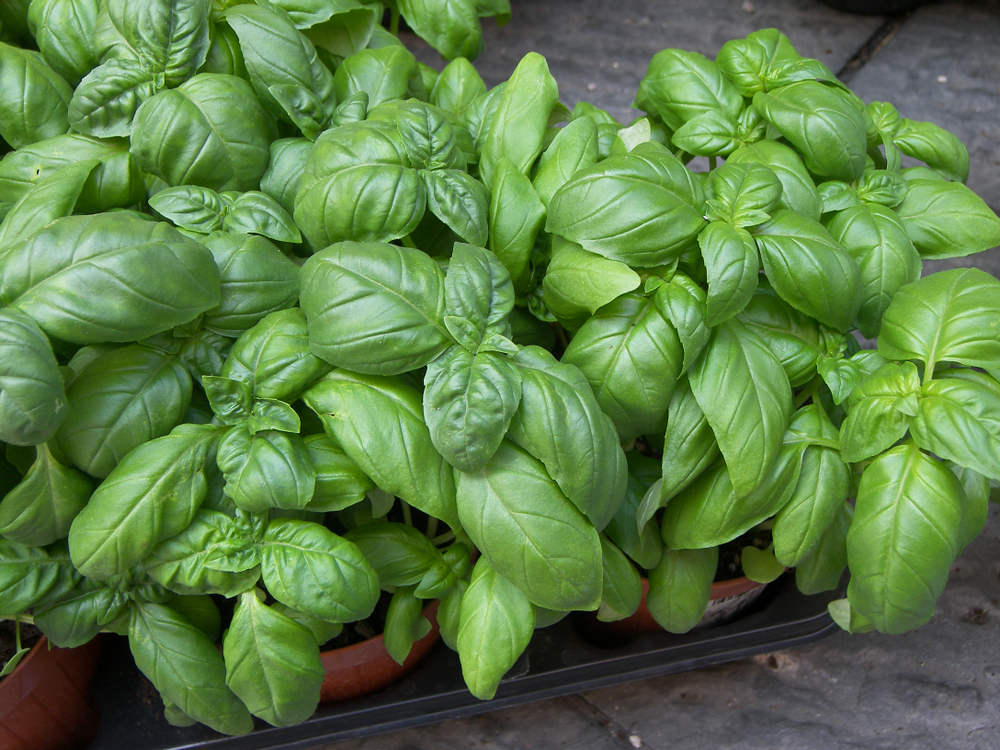
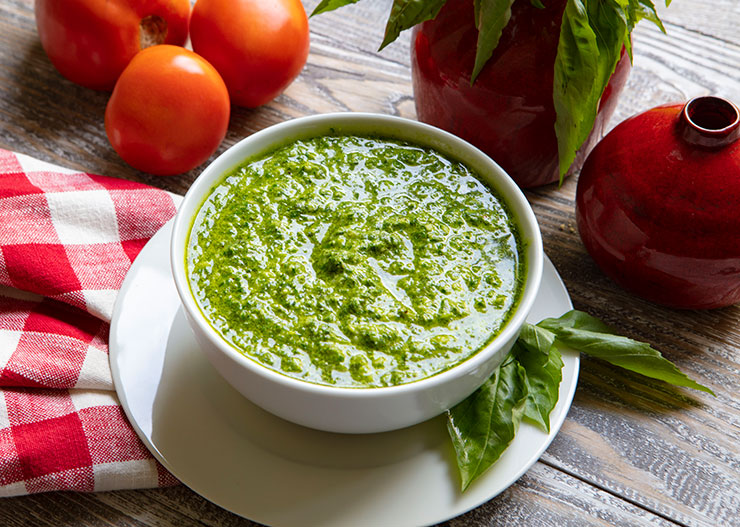
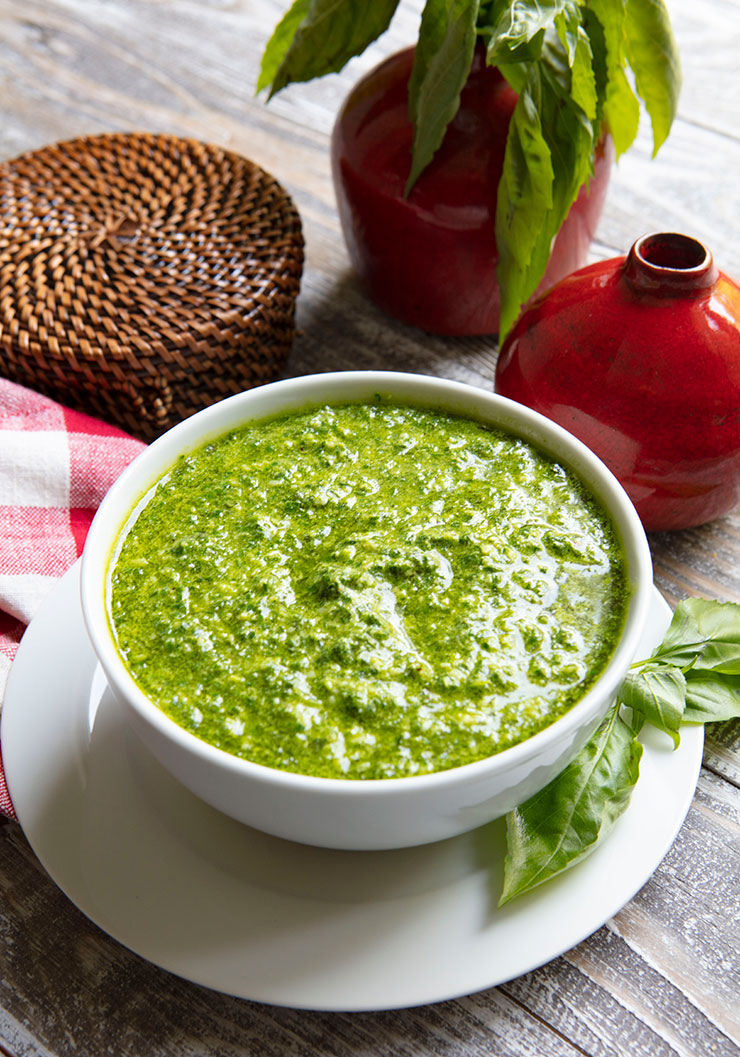
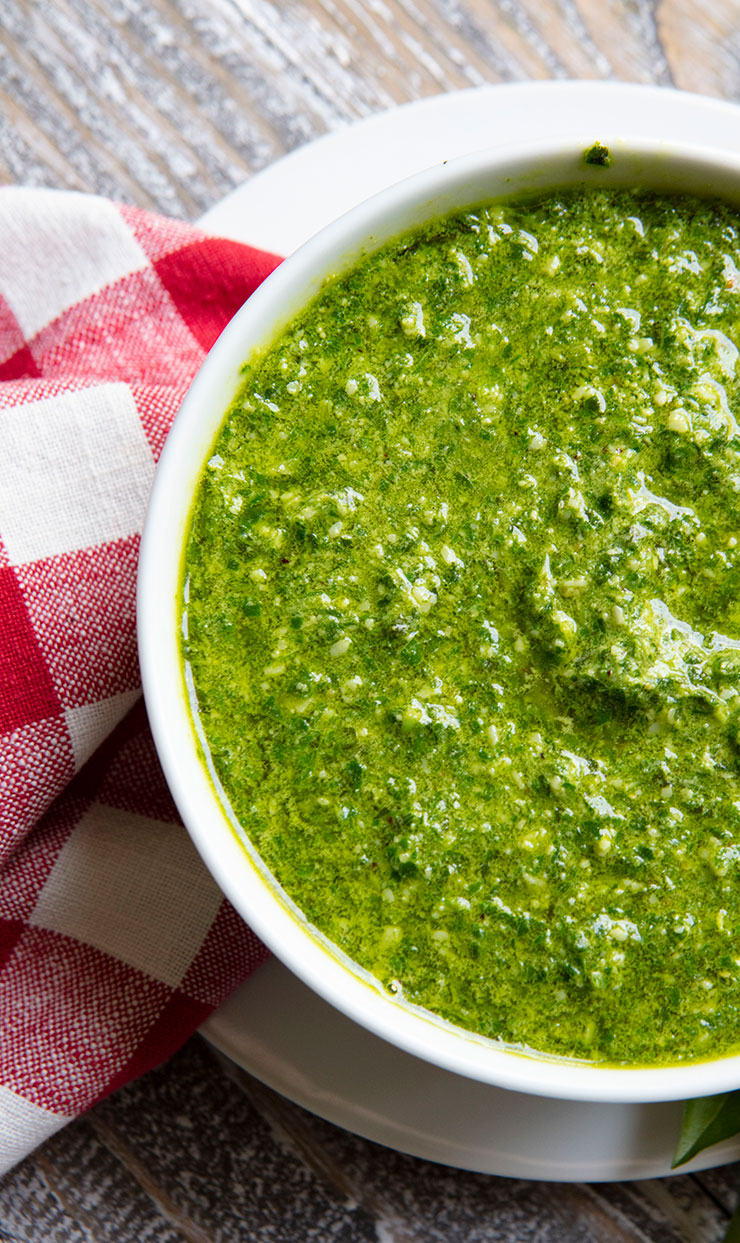
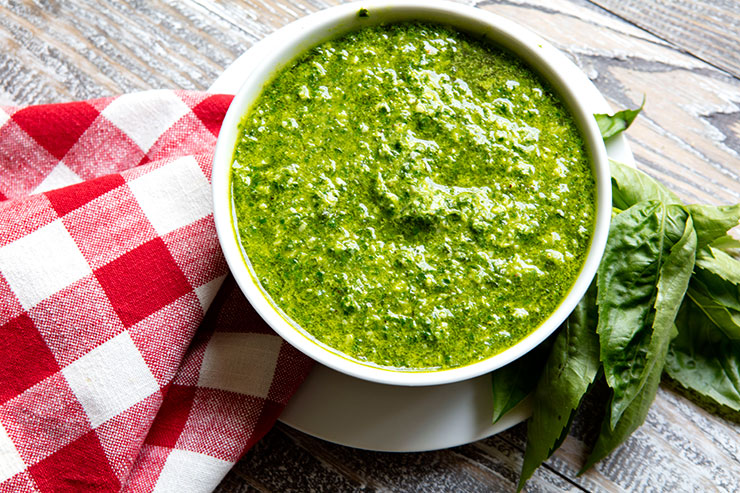
Buon Appetito!
Deborah Mele
Ingredients
- 1/2 Cup Lightly Toasted Pine Nuts
- 3 Garlic Cloves, Peeled & Coarsely Chopped
- 6 Cups Loosely Packed Basil Leaves
- Salt & Pepper To Taste
- 1 Tablespoon Freshly Squeezed Lemon Juice
- 3/4 to 1 Cup Extra Virgin Olive Oil
- 1/2 Cup Grated Pecorino Romano Cheese (See Notes Above)
Instructions
- Bring a large pot of lightly salted water to a boil.
- While the water comes to a boil, prepare a large water with ice and cold water.
- Dump the basil leaves into the boiling water for a few seconds, then immediately remove from the hot water with a slotted spoon or strainer and dump into the ice water bath.
- After the basil cools, squeeze the basil to remove as much water as you can.
- Place the pine nuts and garlic in a blender and pulse.
- Add the basil, lemon juice, salt and pepper, and half the oil along with the cheese..
- Pulse to blend, then slowly add as much additional oil as needed to create a smooth sauce.
- Place the pesto in an airtight container until ready to use.
Notes
Adapted From FineCooking.com
Nutrition Information:
Yield: 12
Serving Size: 1
Amount Per Serving:
Calories: 174Total Fat: 18gSaturated Fat: 3gTrans Fat: 0gUnsaturated Fat: 15gCholesterol: 3mgSodium: 74mgCarbohydrates: 2gFiber: 0gSugar: 0gProtein: 2g

